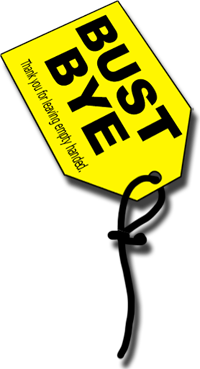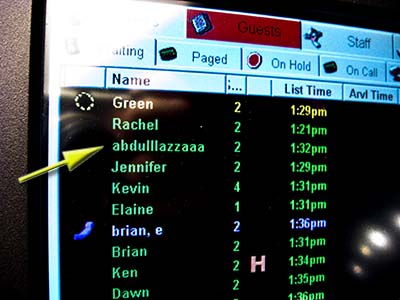Admittedly, I had my skepticism about how an App Store was going to fair servicing applications to the desktop.
The majority of Mac users seem to quickly grasp dragging an icon to a folder or double clicking the installer; the “hard” part is unzipping a file or opening a disk image file. But perhaps there is a target audience that still has a hard time of installing apps and keeping them up to date.
The downsides I expected were the less obvious things: Apple wanting a chunk of each sale resulting in trickle down inflated prices (though for the moment quite the opposite seems to have happened), certain established apps getting marketing preference due to historic purchases rather than innovative replacements getting visibility, the fear of embedded application ads becoming mainstream in the Mac culture, etc.
I saw up sides too, with copy protection and serial number issues going away. This of course had other down sides, such as apps having to check in with the Internet. I figured this meant a lot more problems for the publishers than the end consumers.
Seems I was wrong about that. I just got bit by the App Store.
I made my first Mac App Store purchase today, and in order to do so I had to authenticate. And, I’m happy to report, the purchase process works exactly as described — the application was downloaded and installed seamlessly. Go Apple!
I then decided to see if there was an update to Aperture, which I had commercially bought. Sure enough, when I went to its page, it said it was already Installed. Clever. Well done, Apple.
This is where things start to get weird. Non-Apple applications, like Coda, which I had externally bought and purchased a while back correctly showed up as Installed as well. This was nice.
But, then I noticed that a packaged I had already purchased, had a license and receipt for, and was already installed, OmniGraphSketcher, was in the App Store, too. It did not show itself as installed. And, wanting to see if it was a newer version, I clicked on it — and next thing I know, the App store begins to purchase it.
 Fundamentally the problem seems to be that the purchase button behaves differently whether or not you’re authenticated. Plus, you’re two pixels away from Copy Link / Tell a Friend from an actual purchase.
Fundamentally the problem seems to be that the purchase button behaves differently whether or not you’re authenticated. Plus, you’re two pixels away from Copy Link / Tell a Friend from an actual purchase.
For me, it was an unexpected $30.00 hit to the wallet simply because the buttons didn’t behave the same way they had a moment ago. That’s just not right, especially not from Apple who studies user interfaces with the same passion you or I crave oxygen.
While I’m screaming, “No, no, no, NO, NO!!!” at my machine, which doesn’t help by the way, I was taken aback that there was NO CONFIRMATION process, nor was there a CANCEL option, nor was there a RETURN UNOPENED option.
Bad Apple, bad.
Because I had previously authenticated for a prior application, it blindly assumed I authorized this purchase. That’d be like buying one item in a store, and after the cashier touched your credit card, anything else you picked up in the store would get bought too.
I’ve just written to Apple at http://www.apple.com/support/mac/app-store/, and we’ll see where that goes.
UPDATE: Got a very kind email from Apple who credited me the correct amount, but for the wrong line item. I sent them a follow up because I want the right developer to be paid.
If this is an indication of how Apple will deal with application purchases in the future, we can all breath a happy sigh of relief. My own hesitations about exploring the App Store have been lightened. Plus I know never-ever-ever touch anything that looks like a price tag button, instead click the icon which doesn’t look clickable.

 So, I’m hanging out around the house and come to the conclusion that having a second digital camera would be a really good idea. And shortly later, I’m standing in BestBuy in Sterling, VA.
So, I’m hanging out around the house and come to the conclusion that having a second digital camera would be a really good idea. And shortly later, I’m standing in BestBuy in Sterling, VA.